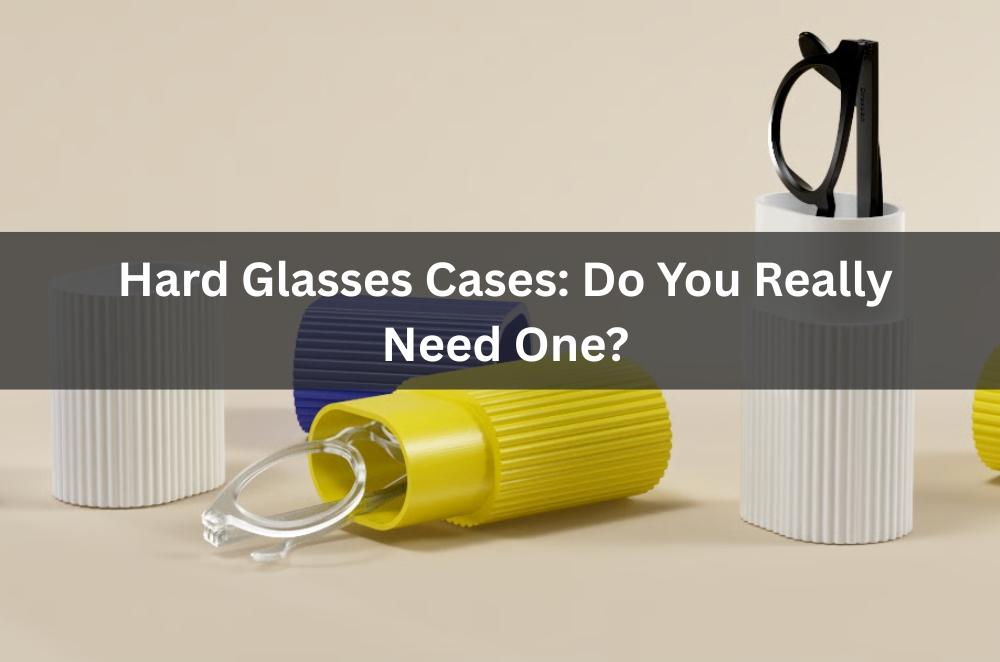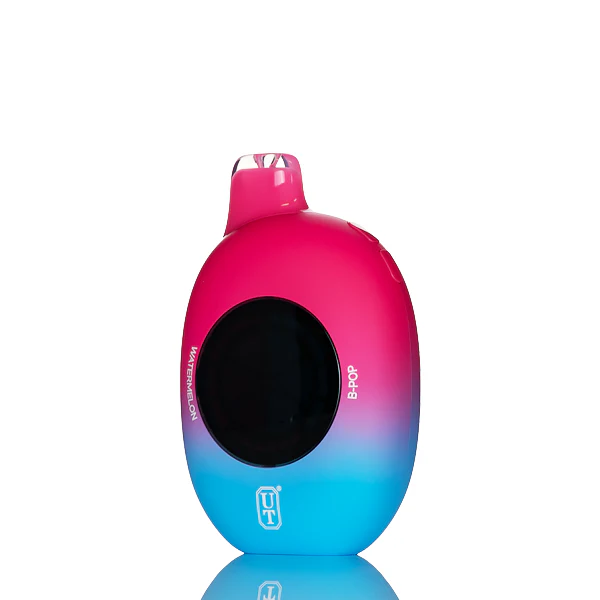Hard Glasses Cases: Do You Really Need One?

It’s the tiny scratches that sneak up on you. A quick dash to the gym, frames tossed into a tote, and suddenly the lenses look like they’ve done a few laps on gravel. A hard shell case solves boring, everyday risks: knocks in a backpack, drops onto tiles, pressure in the glovebox. When I started keeping a case in the car and another by the front door, my lenses stopped collecting micro-marks. For anyone who commutes, cycles, or wrangles a busy household, durable hard glasses cases aren’t fancy extras; they’re quite essential. And that’s the thing: the best gear is invisible when it’s doing its job properly.
Why a hard case matters day to day
Strong cases prevent the slow creep of damage that shortens the life of lenses and frames. Think of them as shock absorbers for your eyewear.
-
Drop resistance: Protects frames from point impacts that bend hinges or chip lens edges.
-
Crush protection: Shields against pressure from books, laptops, or a crowded handbag.
-
Dust barrier: Reduces fine grit that scuffs coatings and makes cleaning a chore.
-
Habit anchor: Encourages a simple routine—glasses off, case on—so they don’t vanish.
Small habits build resilience. Park your case where you naturally unload keys and wallet; the routine takes care of the rest.
What to look for in a hard shell case
Two cases can look identical yet behave differently when life gets rough. Materials, closure, and interior all change how your glasses age.
-
Rigid shell: Maintains shape under pressure, preventing bridge or arm deformation.
-
Clean interior: Uses lint-free lining that won’t trap grit or scratch lens coatings.
-
Secure closure: Employs a hinge or zip that won’t pop open inside a moving bag.
-
Practical size: Fits the largest pair you wear, including sunnies, without squeezing.
For a safety-first perspective on storing eyewear alongside everyday health routines, eye care and protection reinforces the idea that prevention beats repairs. Build comfort into your choice; if the case feels awkward in the hand, you’ll “forget” to use it.
Australian conditions and real-world wear
Heat, salt, and dust can be hard on gear. If your days swing from air-con to blazing footpaths, a sturdy case helps stabilise those swings.
-
Heat buffering: Minimises thermal cycling that stresses lens coatings in hot cars.
-
Dust control: Blocks wind-blown grit that acts like sandpaper on exposed lenses.
-
Sweat tolerance: Keeps frames dry after sport, limiting corrosion around screws.
-
UV exposure: Stores tinted lenses safely so coatings aren’t baked on dashboards.
Out on regional roads, I’ve watched fine red dust invade every seam except the sealed case. Pair practical design with context-aware habits and you’ll notice fewer trips to the repair bench.
Materials and build quality that last
Not all shells are equal. Dense polymers and good hinges outlive flimsy look-alikes, saving money and frustration.
-
Robust polymer: Uses impact-resistant material that rebounds instead of cracking.
-
Reinforced hinge: Resists wobble, keeping alignment true after thousands of cycles.
-
Edge sealing: Prevents grit ingress where shell halves meet under load.
-
Washable lining: Allows an occasional gentle clean without pilling or shedding.
If you’re weighing construction choices for longevity, Australian eyewear design provides useful context for balancing durability with day-to-day practicality. Materials are silent partners; choose quietly tough over loudly stylish.
Fit, ergonomics, and everyday usability
If a case is clumsy, it will live in a drawer. The right one becomes part of your hands’ memory: reach, open, stow, done.
-
Single-hand use: Opens smoothly so you can stash frames while juggling other items.
-
Non-slip grip: Offers texture that won’t skate across a car console or bench.
-
Pocket logic: Slides into backpacks or small handbags without sharp edges.
-
Quiet hinge: Avoids noisy snaps that draw attention in meetings or lectures.
Design details make or break the habit. As I learned carrying two different cases for a month, the one that opened with a gentle thumb roll won, every time.
Care, storage, and maintenance basics
A good case works best with simple upkeep. Treat it like a tiny locker for a fragile tool.
-
Routine clean: Wipe the lining occasionally so micro-grit doesn’t build up.
-
Keep it dry: Air the case after sport so moisture doesn’t creep into the hinges.
-
Separate clothes: Store a microfiber inside so you’re never tempted to use a shirt.
-
Consistent spot: Park the case in the same bag pocket to build an easy habit.
Caring for glasses walks through how to navigate heat, dust, and sudden weather. Simple care compounds into years of clearer vision.
Travel, sport, and work scenarios that test cases
Life throws curveballs. Your case should feel ready for them without adding bulk or fuss.
-
Carry-on chaos: Protects frames from shifting luggage and overhead-bin squeezes.
-
Beach days: Keep salt spray and sand out when you switch to sunnies or swim.
-
Office moves: Shields glasses during hot-desk shuffles and laptop-bag pile-ups.
-
School runs: Survives quick drops onto footpaths when little hands get involved.
I’ve lost count of the times a case slid off a car seat, clacked onto concrete, and came up smiling. That moment pays for the upgrade.
Signs it’s time to replace your case
Even the best case reaches retirement. Catch the clues early to protect your frames.
-
Loose hinge: Wobble or misalignment suggests uneven pressure on lenses.
-
Frayed lining: Pilling or grit pockets can scratch coatings during storage.
-
Warped shell: Bowed sides reduce crush resistance inside backpacks.
-
Weak closure: Snaps or zips that give under load invite surprise openings.
Replacing a tired case beats repairing bent arms or resurfacing lenses. Think of it as scheduled maintenance for clear sight.
Bottom line: small habit, big return
A hard shell case isn’t about fussiness; it’s about making the safe choice the easy choice. Glasses live tough lives—car consoles, gym lockers, work commutes, weekends away. A rigid shell, clean lining, and dependable closure remove the everyday risks that quietly erode clarity. Pick a case you don’t mind holding, one that opens with a friendly hinge and disappears into your bag. Then use it without thinking. That’s the real goal: effortless protection born from a simple routine. Add a soft cloth, keep grit out, and retire the case when it loosens up. Do that, and you’ll stretch the life of your lenses and frames—no drama, no lectures, just gear that keeps doing its job while you get on with yours.








